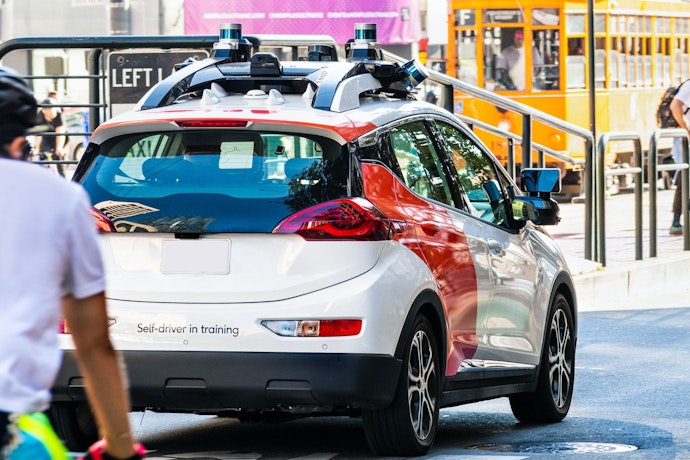How Artificial Intelligence Will Move Trucking
AI is making businesses smarter and trucking more efficient, cushioning the bottom line for many companies and helping...
Read more
Updated: June 3, 2021
As commercial autonomous vehicles of all shapes and sizes become more advanced, it begs the question: are they safe?
Self-driving vehicles, loosely referred to as self-driving cars, also known as automated vehicles, are a top-of-mind topic for many industries. At least 46 corporations are already working on some form of autonomous vehicle, and they’re becoming an inevitable part of our future. Yet, the research, development and data to support the safety of autonomy is still in early stages, and consumer sentiment is divided.
There are both advantages and drawbacks to AVs that affect every person on the road, the economy as well as industry stakeholders. Let’s start with some basic questions – when do we call a vehicle as fully autonomous? What’s the impact of autonomy on safety? Can GPS tracking help with overall vehicle safety?
Completely autonomous vehicles for both consumers and commercial fleets, as defined by the Society of Automotive Engineers (SAE), are still some way off, but many automakers of today’s new cars and trucks are already using semi-autonomous driving technology. Such automakers include Ford, Toyota, Waymo, and Tesla. Here are the five stages of vehicle autonomy:
Self-driving vehicles aren’t perfect, and there are risks associated with using them. Many experts see the shipping industry as the first major use-case for autonomous vehicles on public roads, which carries different potential hazards than sedans or taxis, including:
There remains a lack of real-world on-road miles travelled by self-driving vehicles compared to conventional motor vehicles. Until more is known, there will be continued concern for, and emphasis on, the safety of this new class of vehicles.
AVs are also expected to have a positive impact on everything from the environment to road congestion. Benefits include:
Autonomous commercial fleets, particularly trucks and shipping vehicles, are one of the major areas where driverless technology could have a tremendous economic impact by improving the way goods are transported throughout the country. Within the fleet industry, automated technology that supports driver safety is advancing every day. For example:
Fleet managers are already adopting safety technologies developed through research on self-driving cars, and these will likely spread from commercial fleets through to broader consumer availability. As the trucking industry joins the consumer automotive industry in fueling a self-driving future, it’s important to remember that, no matter the size or shape of the vehicle, safety is something that can never be fully automated.
As the pressure to stay ahead of trends and ever-evolving safety legislation is greater than ever, fleet managers must remain aware and actively involved in the day-to-day management of their drivers’ operating behaviors. Near real-time fleet tracking technology offers an easy way for businesses to improve safe driving habits.
Managers can remotely monitor driver behavior and be more vigilant in identifying signs of those drivers who might need coaching to improve their behind-the-wheel skills. The data can empower fleet owners and operators to champion a culture of safety; one that places equal responsibility on drivers to improve their time-honored operator skills.
When it comes to safe driving behavior, all the data in the world cannot replace a driver who is aware and focused on their own safety as well as that of the drivers around them. Each member of your fleet, from management to individual drivers, should aim to strike the right balance of automation, tracking and trust, supplemented with the right technology for your unique business.
For more tactical strategies to help improve driver and vehicle safety, download our ebook “5 Ways to focus on fleet safety.”
Tags: Safety



Find out how our platform gives you the visibility you need to get more done.
AI is making businesses smarter and trucking more efficient, cushioning the bottom line for many companies and helping...
Read moreLearn more about modern integrated video solutions like fleet dashcams and how they help fleet managers enhance vehicle...
Read moreEvery time a truck driver gets behind the wheel, he or she is at risk. In fact, of the top 25 deadliest occupations in...
Read moreIn-vehicle automation technology can help reduce a number of negative driver behaviors and potential errors, contributing...
Read more
Get your free 2024 Fleet Technology Trends Report and see how organizations are: